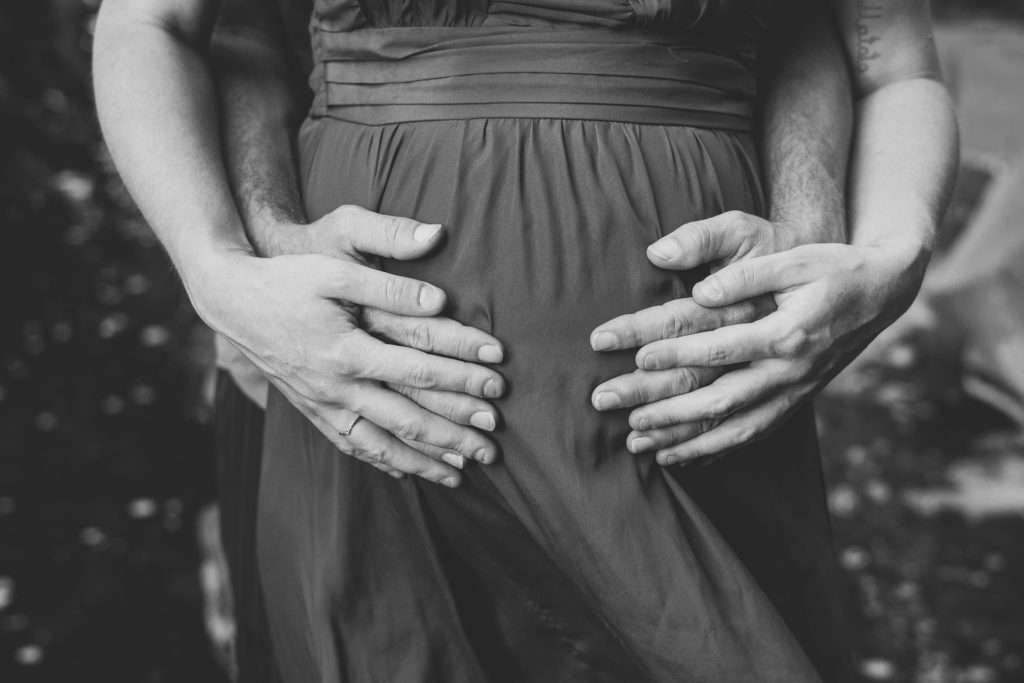Fibroids are non-cancerous growths that develop within the uterus and can have a significant impact on a woman’s reproductive health. They can vary in size and location, and can impact fertility in different ways. In this article, we’ll explore the different types of fibroids and their impact on fertility.

There are three main types of fibroids: submucosal fibroids, intramural fibroids, and subserosal fibroids. Submucosal fibroids develop within the inner lining of the uterus and can interfere with the implantation of a fertilized egg. Intramural fibroids develop within the wall of the uterus and can cause hormonal imbalances that can impact ovulation and fertility. Subserosal fibroids develop on the outside of the uterus and can cause pressure on the fallopian tubes, making it difficult for the sperm to reach the egg or for the egg to reach the uterus.
It is important to note that not all women with fibro
ids will experience fertility problems. However, for those who do, the type and location of the fibroids can greatly impact their ability to conceive. For example, submucosal fibroids that are located near the cervix can prevent a fertilized egg from implanting within the uterus. Similarly, subserosal fibroids can cause pressure on the fallopian tubes, making it difficult for the sperm and egg to meet.
In some cases, fibroids can also lead to recurrent miscarriages. This is because fibroids can cause hormonal imbalances and structural changes within the uterus that can impact the implantation and growth of a fertilized egg. Additionally, fibroids can cause heavy menstrual bleeding, which can impact the health of the uterus and reduce the chances of a successful pregnancy.
If you are experiencing infertility and believe that it may be related to fibroids, it’s important to consult your doctor. Your doctor may perform a physical examination, ultrasound, or other diagnostic tests to determine if you have fibroids and if they are the cause of your infertility.
There are several treatment options available to women with fibroids and infertility. One option is medication, which can help to regulate hormones and reduce the size of fibroids. Another option is surgery, such as a myomectomy, which can remove fibroids and improve fertility. In some cases, a hysterectomy may be necessary to alleviate severe infertility symptoms.
It is important to discuss your options with your doctor to determine the best course of action for you. While fibroids can have a significant impact on fertility, there are many treatment options available that can help women overcome their symptoms and improve their chances of having a successful pregnancy.
In conclusion, uterine fibroids can impact fertility in different ways, depending on the type and location of the fibroids. If you have concerns about the impact of fibroids on your ability to conceive, be sure to consult your doctor for a diagnosis and treatment plan. With the right care and support, you can overcome infertility and improve your chances of having a healthy pregnancy.
As a woman, it’s important to take care of your reproductive health and be aware of the various health issues that can impact your fertility. By understanding the different types of fibroids and their impact on fertility, you can work with your doctor to determine the best course of action for your unique situation. With the right care and support, you can overcome infertility and improve your chances of having a successful pregnancy.

Fibroids And Exercise: What’s The Best Workout Plan?
Exercise is not just beneficial for weight loss—it also plays a crucial role in **hormonal balance, inflammation control, and improved circulation**, all of which can influence fibroid growth. But not all workouts are created equal when dealing with fibroids. Why Exercise Matters for Fibroids Regular physical activity helps manage fibroids by: Regulating Estrogen Levels: Exercise […]
Green Tea And Fibroids: Can It Help Shrink Tumors?<
Green tea has been consumed for centuries due to its numerous health benefits, but recent studies suggest it may also help **shrink fibroids**. The key lies in its high content of **epigallocatechin gallate (EGCG)**, a powerful antioxidant with anti-inflammatory and anti-estrogenic properties. How Does Green Tea Help with Fibroids? Research indicates that green tea can […]
How Hormones Influence Fibroid Growth
Hormones are the **primary drivers of fibroid growth**, with estrogen and progesterone playing key roles. Many women with fibroids struggle with hormonal imbalances, often without realizing it. Understanding how these hormones interact can help you take control of your health and manage fibroid symptoms effectively. What Causes Hormonal Imbalances? Several factors can contribute to excess […]
The Best Diet For Managing Fibroids Naturally
One of the most overlooked factors in fibroid management is **nutrition**. What you eat directly impacts your hormone levels, inflammation, and overall uterine health. Many women suffering from fibroids experience heavy bleeding, pain, and bloating—symptoms that can often be improved with the right diet. How Does Diet Affect Fibroids? Several studies have shown that estrogen […]
